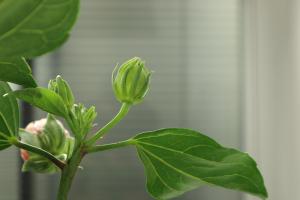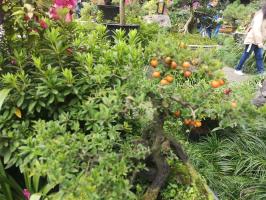1、 Soil:
Because the root system of tartary buckwheat is fragile, it is best to plant it in soil with complete structure, fertility, good permeability and strong water storage
2、 Illumination:
In the cultivation process of tartary buckwheat, it needs to receive sufficient light. The intensity of light should not be too strong and must be controlled within 1000 ~ 3000lx, which is conducive to its growth
3、 Watering:
Tartary buckwheat is a drought tolerant plant. When sowing in the early stage, it can be sprayed with less water. After the plants bloom in the later stage, they need to be watered frequently to maintain sufficient water and let the tartary buckwheat bear and grow seeds
4、 Temperature:
Temperature has a great influence on the growth of tartary buckwheat. In the early stage of seedling growth, the temperature should be adjusted at about 25 ℃ to promote the growth; In the later stage, the temperature should be raised to about 30 ℃ to improve the quality of tartary buckwheat
5、 Precautions:
Tartary buckwheat has strong adaptability, but there will still be some common diseases and pests, such as bacterial wilt, ring rot, downy mildew, etc. these diseases can be controlled in advance by using drug seed dressing. At the same time, there may also be pests such as beetles, borers or moths. In this case, it can be controlled by spraying insecticides or by trapping and killing technology. This can ensure the growth and quality of tartary buckwheat to the greatest extent

 jackfruit
jackfruit snake plant
snake plant hibiscus
hibiscus hydrangea
hydrangea lavender
lavender Green roses climb al...
Green roses climb al... If you don't pay att...
If you don't pay att... Management of four g...
Management of four g...



































